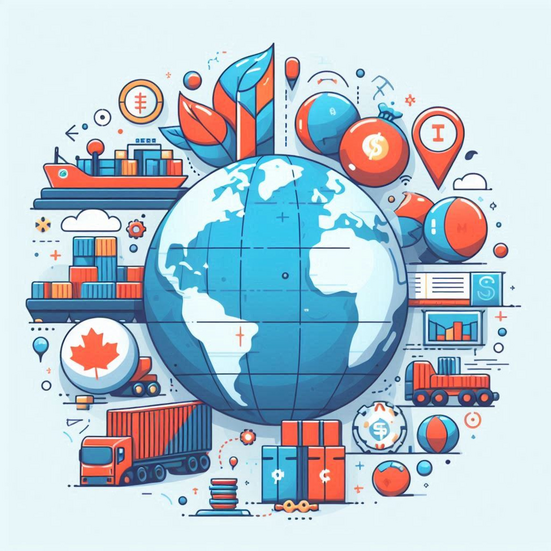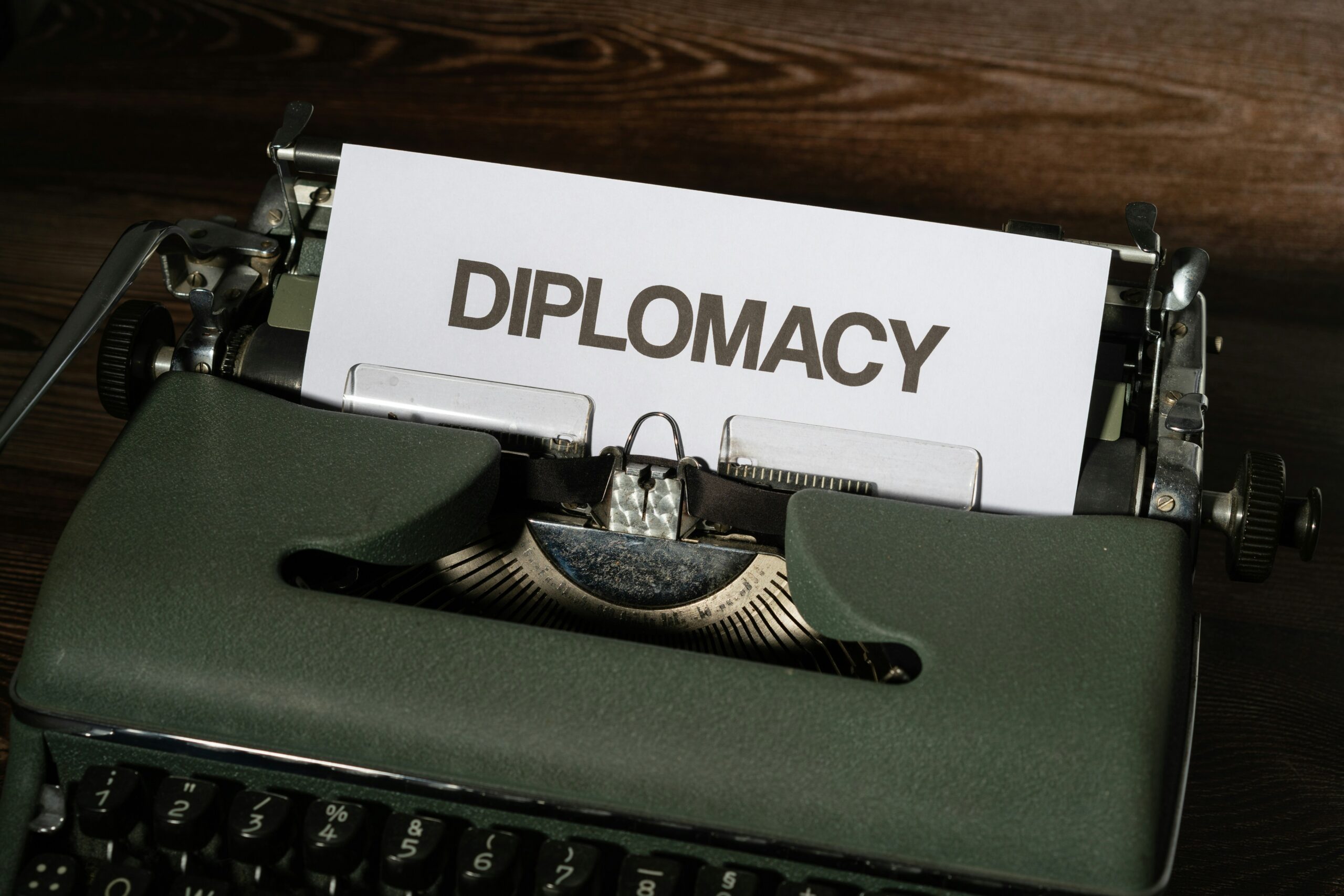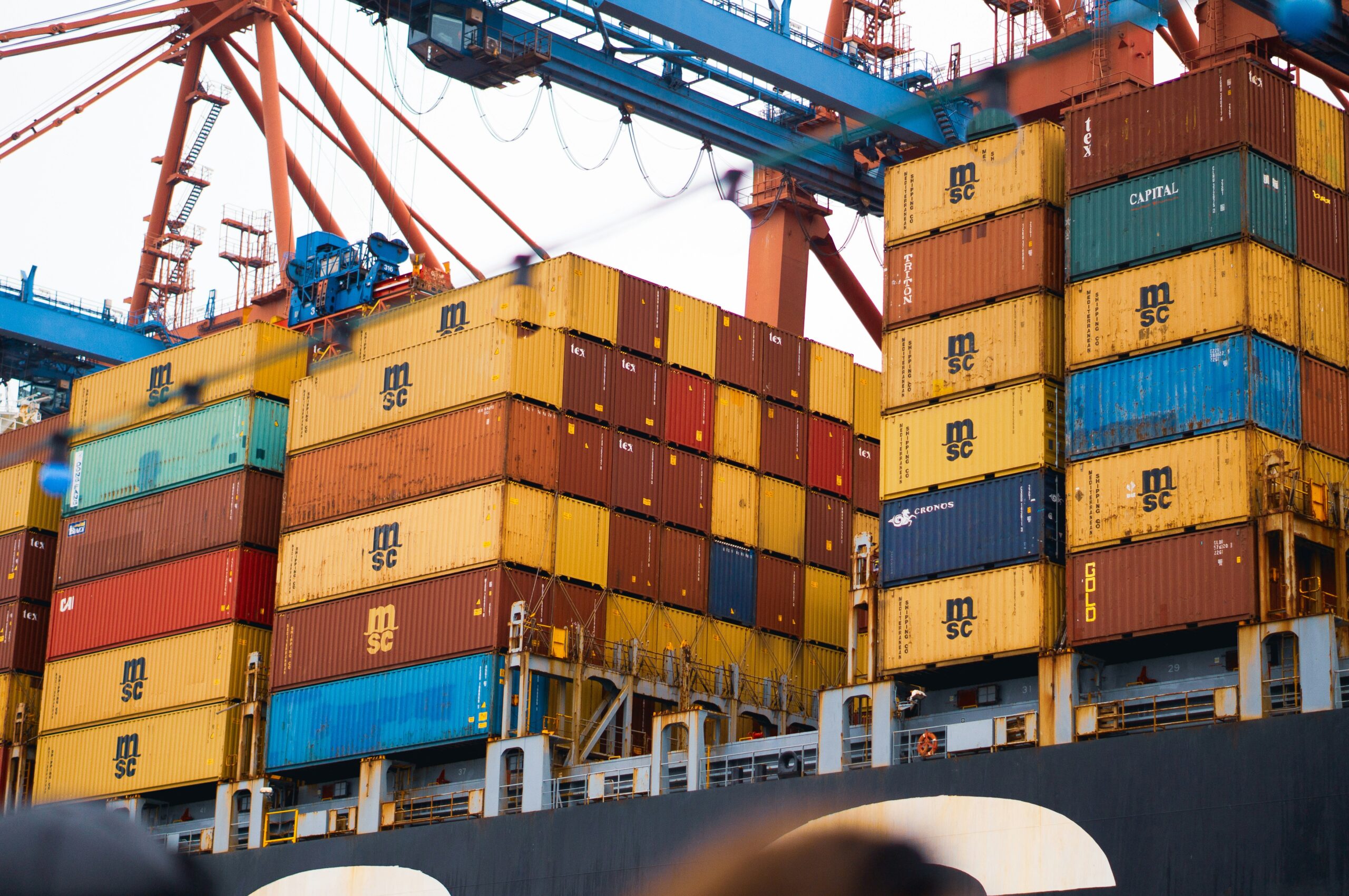According to official World Bank estimates, Iran’s Gross Domestic Product (GDP) was valued at 191.72 billion dollars in 2020. Iran’s GDP accounts for 0.17 percent of the global economy.

Iran and Eurasian Economic Union (EAEU)
Iran and the EAEU signed a three-year interim agreement on the establishment of a free trade zone on May 17, 2018, which went into effect on October 27, 2019. The interim deal reduces customs tariffs on 862 different items, 502 of which are Iranian exports and 360 of which are EAEU exports. The covered goods contribute to over half of the total trade between the two countries, which has increased significantly since the agreement was signed. However, the interim free trade agreement (FTA) between Iran and the Eurasian Economic Union (EAEU) has been extended until October 27, 2025, or until a full deal is achieved and takes effect. The declaration comes after a meeting of the Supreme Eurasian Economic Council, the Eurasian Economic Union’s regulatory body, which includes Armenia, Belarus, Kazakhstan, Kyrgyzstan, and Russia, on December 10, 2021. The council also approved the start of talks with Iran on a final free trade agreement.
Iran and the European Union
Relations between the EU and Iran are based on the Joint Statement of April 16, 2016, which recommended many areas of collaboration. The two parties agreed to exchange visits of expert delegations at a suitable level to deepen their bilateral cooperation on trade and investment issues. The European Union backs Iran’s bid to join the World Trade Organization. On July 14, 2015, the Islamic Republic of Iran and a group of EU and non-EU nations (China, France, Germany, Russia, the United Kingdom, and the United States, alongside the European Union) signed an agreement on a Joint Comprehensive Plan of Action (JCPOA). In exchange for the lifting of existing international sanctions, particularly those on trade, the JCPOA imposes restrictions on Iran’s nuclear program, as well as more surveillance and transparency. In January 2016, the UN began easing some sanctions in response to the JCPOA. The JCPOA and its implementation allow for a gradual but significant reengagement with Iran on a variety of fronts, including bilateral trade. Agriculture and raw materials were the most common imports from Iran, followed by chemicals. Machinery and transport equipment, chemicals, agriculture, and raw materials were among the EU’s top exports to Iran.
Iran and China Bilateral investment treaty (BIT)
In June 2000, China and Iran signed a bilateral investment agreement, which took effect on January 7, 2005. An important function of BITs is to provide protection and assurances for both individuals and firms in the host nation, as they set out rules and regulations for private investors in the partner country. The existence of the China-Iran Bilateral Investment Treaty ensures that investors and enterprises from both countries are treated equally by the host country as local or third-country investors. On April 20, 2002, the two countries signed an agreement to avoid double taxation and fight fiscal cheating in the area of income taxes, which went into effect on August 14, 2003, and became effective on January 1, 2004. Iran’s major trading partner and foreign export destination are China, and Iran is one of China’s top oil exporters. Iran might be fully integrated into the Belt and Road Initiative (BRI) as a transit point between Asia, Europe, and the Middle East if China invests in infrastructural projects. The commercial and trade relationship between China and Iran is highlighted via project contracting. Many large-scale building projects involving water conservation, transportation, energy, steel, and petrochemicals have been contracted by Chinese companies in Iran. Chinese general contractors have prompted Chinese manufacturers in associated industries to sell entire equipment, mechanical, and electrical products to Iran’s huge building projects. China supplies electrical machinery, broadcasting equipment, automotive parts, organic chemicals, and rubber tires to Iran as a key industrial supplier. Crude oil, ethylene polymers, and iron ore are among Iran’s key exports to China.



